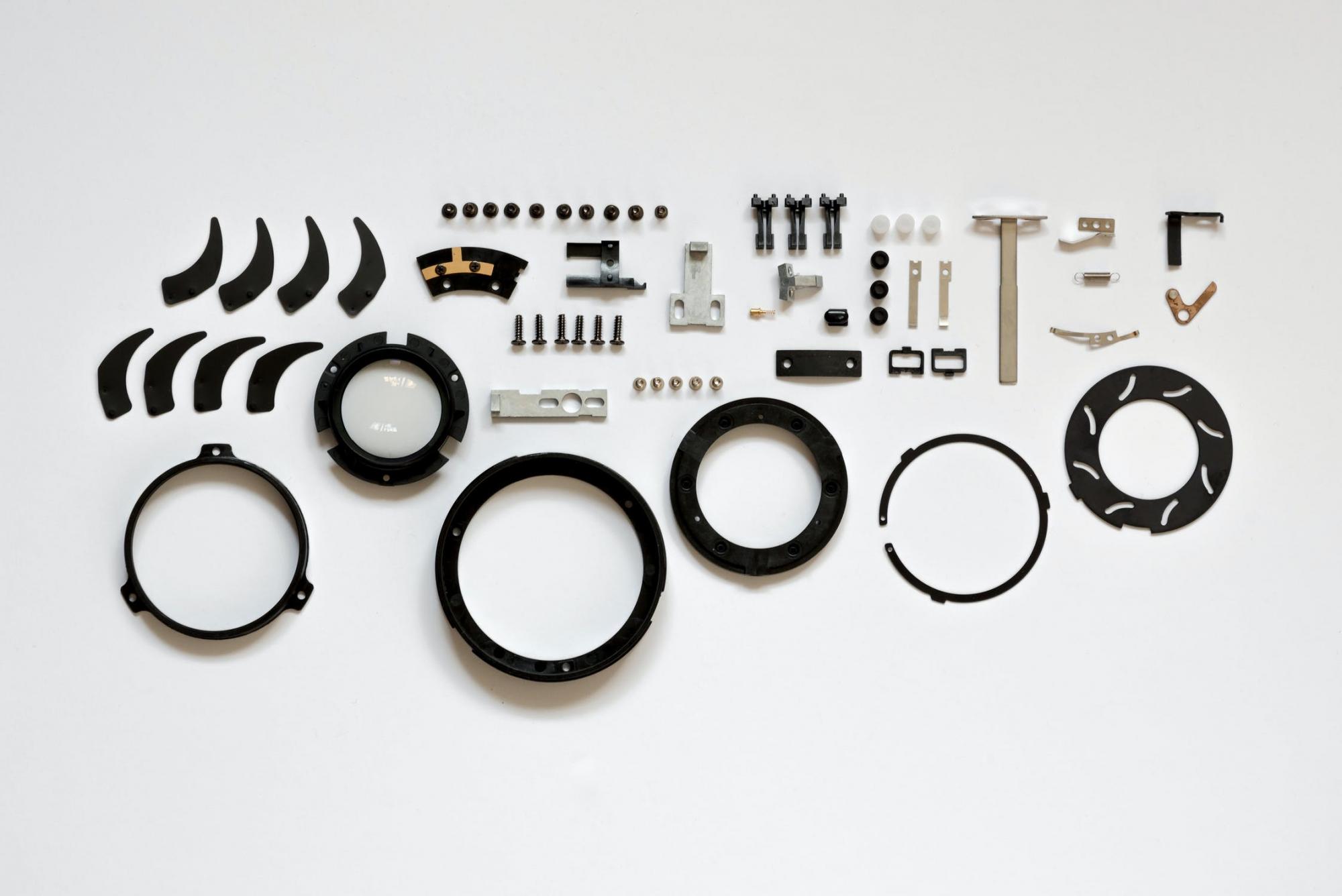Parts of the Dissertation: Deconstructing the Chapters
You’ve already written a proposal, so you probably have an idea that each chapter has a distinct purpose. However, don’t be fooled into thinking the literature review of the proposal becomes the Chapter II of the dissertation. Just consider how much your own knowledge of the field has changed during the expanse of time from proposing to conducting the research to now writing about it. You’re a different writer, and you’ll probably delete material that is no longer relevant. Accordingly, your proposal’s methodology should also be revised to accurately present what occurred. If anything, pay careful attention to verbal tenses.
Here’s the chapter breakdown with a few of the rhetorical strategies to compose them.
Chapter 1: Introduction
The introduction presents a clear presentation of the dissertation’s framework and focus of research. It should provide some sense of the historical or social nature of the topic and the significance of researching it. Your research questions, problem statement, and aims of the research are features that most readers expect to see and then how your research has been conducted.
- Introduction to the topic & subject area
- Background of the Problem
- Statement of the Problem
- Purpose of the Study
- Research Questions that guide the study
- Significance of the Study – relate to the context of the study
- Definition of Terms – any operative words that need clarification
- Preliminary Assumptions, Limitations, and Delimitations
- Conclusion
CHAPTER II: REVIEW OF LITERATURE
As the second chapter of the dissertation, the Review of Literature presents the context of your study. It’s also the place that convinces your reader of your breadth of understanding of the field. The dissertation literature review covers much of what was presented in the proposal material, but is revised to connect outside research as it relates to your actual study. Written as a comprehensive synthesis of the dominant studies and thought of the field of study, you might organize the research into various themes/categories and related subthemes.
As your study probably changed from the earlier proposal, don’t simply copy and paste the earlier literature review. Think of knitting together theories and results from a number of studies to describe the “big picture” of the field and integrate how your study contributes within this context. As you revise be sure to update all verbal tenses from the future tense.
- Introduction
- Search Description
- Conceptual or Theoretical Framework
- Review of Research (organized by variable or themes)
CHAPTER III: RESEARCH METHOD (or Methodology, or Research Design and Methods)
This chapter presents and justifies the methods used in the study and explains the rationale of their selection, especially in reference to the subject area. The methods section, also called the methodology, explains the “science” behind the actual approaches used for the study. Explain the value and any shortcomings regarding to the analytical approaches you’ve used. This section does more than simply define what and how of the research study. It’s also that section that impresses the reader of the writer’s ethical conduct, especially in the social sciences. Thus, most dissertations include copies of the IRB form and any consent forms (contained in the appendix section).
As the Review of Literature is revised and updated, the Research Methods section takes a new purpose in illustrating what methods were used and what value they had in generating data and completing the study. You may use the information presented in the proposal section and substantively revise for accuracy and verbal tenses.
- Introduction
- Research Design
- Procedures
- Research Questions
- Setting (Setting and Sample with Mixed Methods)
- Participants (Not included in Mixed Methods)
- Data Collection
- Data Analysis
- Conclusion
CHAPTER IV: PRESENTATION OF RESEARCH (or Results)
For research projects, if presenting quantitative data, include both a narrative description of the major findings along with appropriate tables and/or charts. If presenting qualitative data, include verbatim examples that illustrate data collection, analysis, and synthesis. For both quantitative and qualitative data, discuss themes and/or structures, and if appropriate, illustrate as well as describe them.
For quantitative data, summarize your major findings and discuss whether or not they lived up to your hypothesis. For qualitative data, include depictions of the experience as a whole that are vivid and accurate. These should be both individual and comprehensive.
Summarize how you see the results of your work contributing original ideas to the larger field.
- Introduction
- Findings (organized by Research Questions or Hypotheses)
- Conclusion
CHAPTER V: SUMMARY, IMPLICATIONS, and OUTCOMES (or Discussion)
Summarize your study in brief but vivid terms from its beginnings to the final synthesis. This is the final moment for you to reflect fully on the study that’s consumed your attention for so long. As a result, many dissertation writers dive into the writing without much difficulty. Spend time brainstorming for ideas and developing this section. Here are a few questions that should stimulate thought and writing:
- How do your findings/understandings differ from those findings in your literature review?
- What do you see as the strengths and weaknesses of your work?
- What are the social implications of your research? To you? To your profession? To the community, etc.?
- What future research/projects might you or others conduct as a result of the outcome of this work?
Remember to provide specific detail here. One way to do so would be to refer back to your study and as you offer “considerations for the future” give examples of future research.
- Introduction
- Summary of Findings
- Conclusions (organized by Research Questions or Hypotheses)
- Discussion (including acknowledgement of how limitations shape interpretation of findings)
- Suggestions for Future Research
- Conclusion

